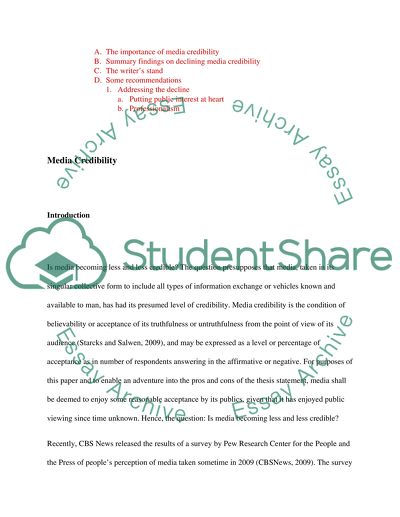Cite this document
(“Credibility of Media Essay Example | Topics and Well Written Essays - 2750 words”, n.d.)
Retrieved de https://studentshare.org/english/1395543-credibility-of-media
Retrieved de https://studentshare.org/english/1395543-credibility-of-media
(Credibility of Media Essay Example | Topics and Well Written Essays - 2750 Words)
https://studentshare.org/english/1395543-credibility-of-media.
https://studentshare.org/english/1395543-credibility-of-media.
“Credibility of Media Essay Example | Topics and Well Written Essays - 2750 Words”, n.d. https://studentshare.org/english/1395543-credibility-of-media.


